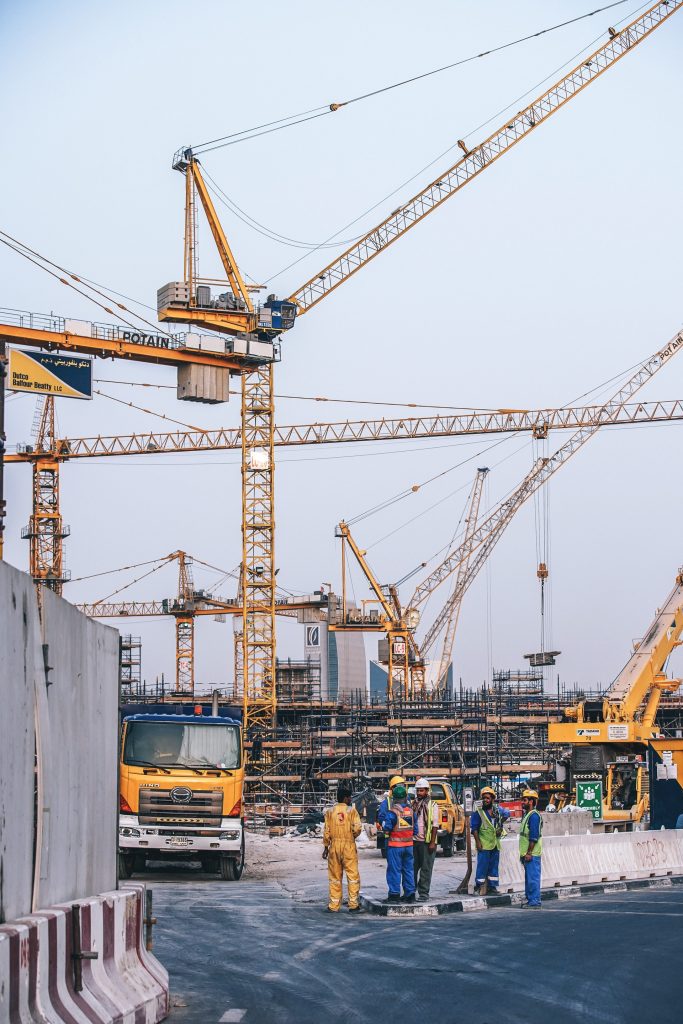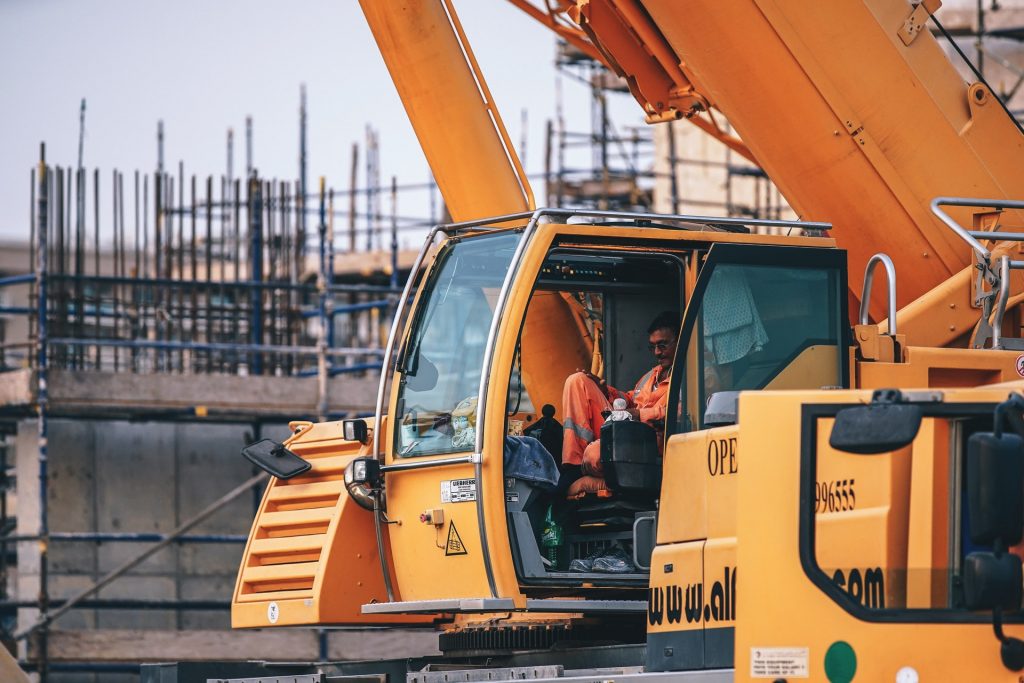
The development of new technologies in other industries is beginning to show its usefulness in the crane construction industry.
Creative thinking is now the norm for those scientists battling climate change. Some consider the secrets of the rainforest canopy, the so-called “last biotic frontier,” could arm ecologists together with the understanding they need to protect the future of Earth. And that’s the reason an international group of ecologists from three continents is currently trying to unlock the secrets of the rainforest canopy. Their equipment?
Based on media outlet Phys.org and the British Ecological Society: Rather than moving steel girders and concrete blocks across urban building sites, cranes enable ecologists to perform extensive experiments in treetops.
Diverse, multifaceted and entirely indispensable to contemporary constructors — a world without cranes is becoming increasingly tough to imagine.
Cranes of Yesteryear
Although most individuals consider construction cranes as contemporary construction innovations, they’re nearly as old as time itself. Crane mechanics are among the chief subjects of Mechanica, an early technology manual maybe written by Aristotle.

From the Middle Ages, cranes had become relatively sophisticated, and an intricate double-treadwheel-crane apparatus is depicted in Pieter Bruegel’s dramatic 1563 painting The Tower of Babel.
The painting shows two guys walking on a wooden treadmill-powered crane, hoisting a massive block of rock up the giant tower.
The first mechanised cranes started to appear during the Industrial Revolution.
After he had perfected his invention, he started generating cranes commercially — promoting them as devices meant to load massive amounts of coal on barges. The inventor’s machines were so powerful that Venice Dockyard continued to utilise its distinctive 19th-century Armstrong crane before the 1950s.
Necessary Tools
These days, the crane has diversified beyond the imagination of leaders. Material handling is a significant part of the delivery procedure of building jobs — and cranes are the primary resources used in achieving this, particularly on a building site.
Few construction tasks can make do without a crane of some kind: whether it be a fixed tower crane or a moveable mobile crane.
In the mighty LTM 11200-9.1, which may extend to 100m high and raise the equivalent of 12 blue whales, to miniature truck-mounted hydraulic cranes — contractors utilise the lot.
On the horizon
With construction innovation for an all-time high, engineers and IT leaders alike are now joining forces to design new devices that will take the crane to dizzying new heights.
Researchers in India’s Veermata Jijabai Technological Institute (VJTI), recently unveiled plans to make a self-balancing crane designed to eliminate the possibility of human errors that cause accidents. It’s an entirely automatic android-controlled-tower crane. Its digital hardware enables it to calibrate its position and decreases the odds of the crane toppling.
Meanwhile, digital-age innovators have started to change the manner cranes work, with advanced software solutions. These include features such as a programmable, customisable OS for crane operators, allowing for remote operation, and cranes that perform self-diagnostic evaluations – notifying operators of manufacturing risks and potential accident hazards.
Constructors such as Samsung C&T are conscious of the need to remain abreast with the latest developments in crane technology. When the time comes to bring in crane operators and technologies – as is so often the case for lots of the corporation’s high-rise projects – an in-depth understanding of crane innovation is crucial.
Lofty Future
Whether your objective is to lift a sizeable prefabricated slab of construction materials, a strong generator unit — or perhaps research a rainforest canopy — odds are you will require a crane to perform it.
With technology advancing each day, there are loads of pages to be written in the history of the building crane.